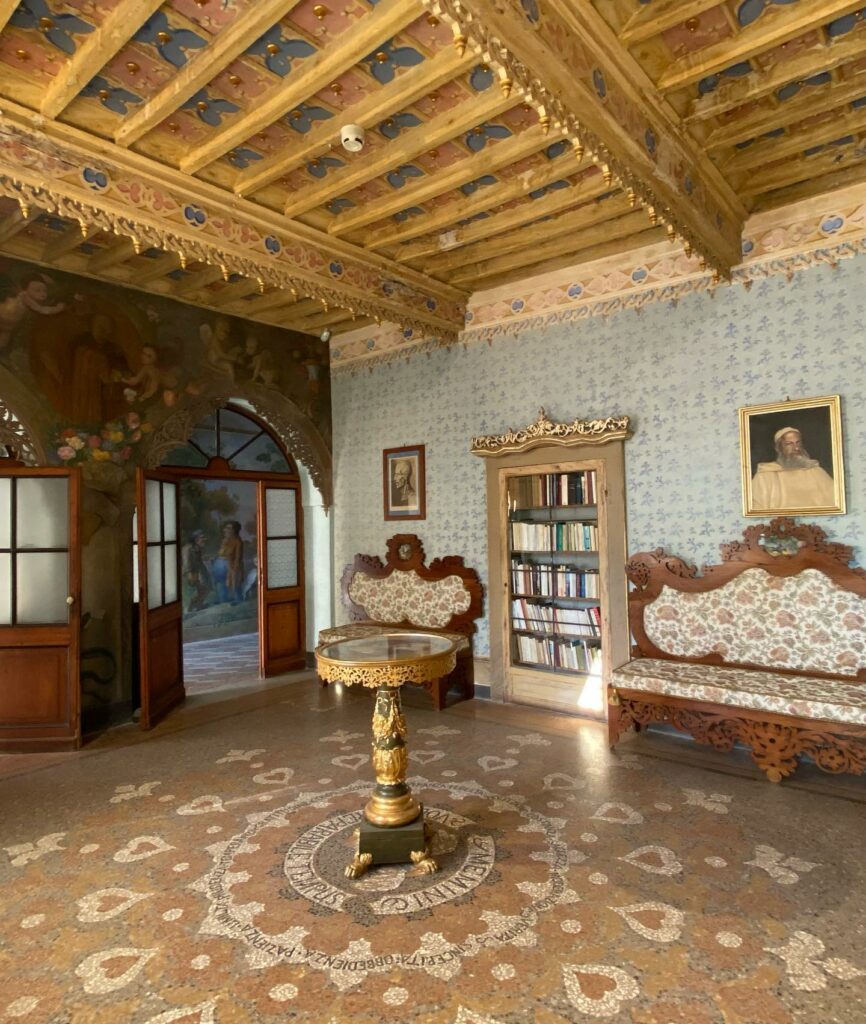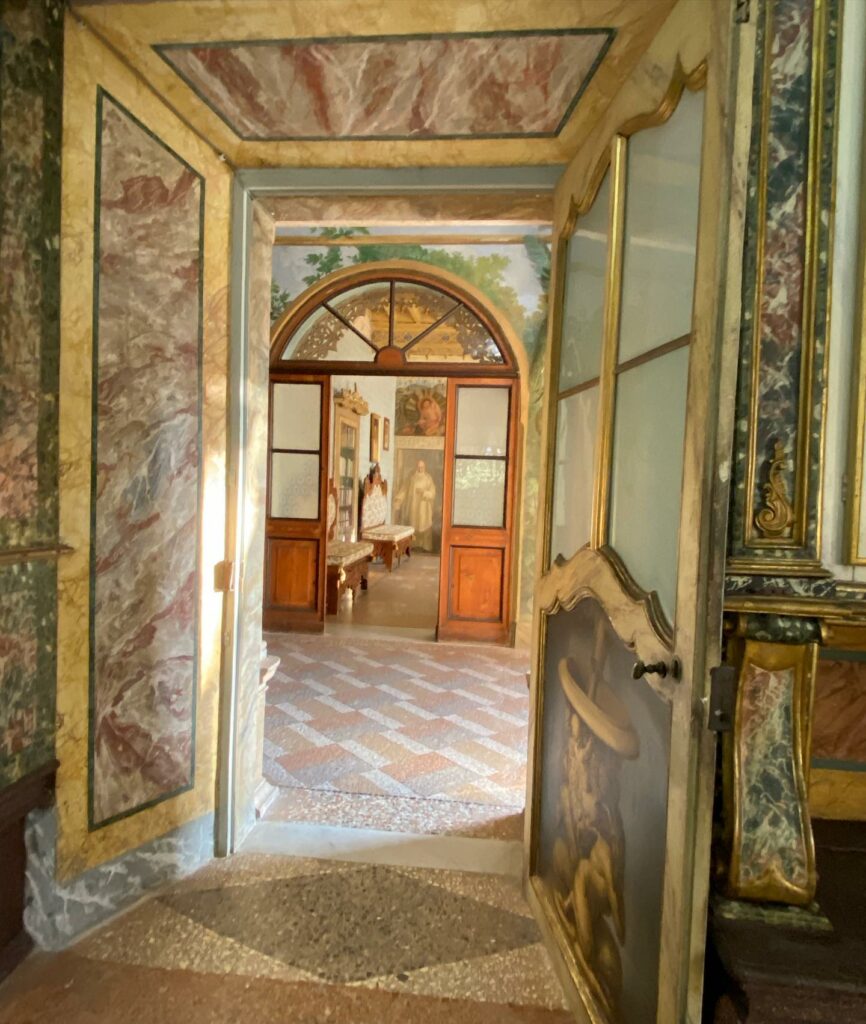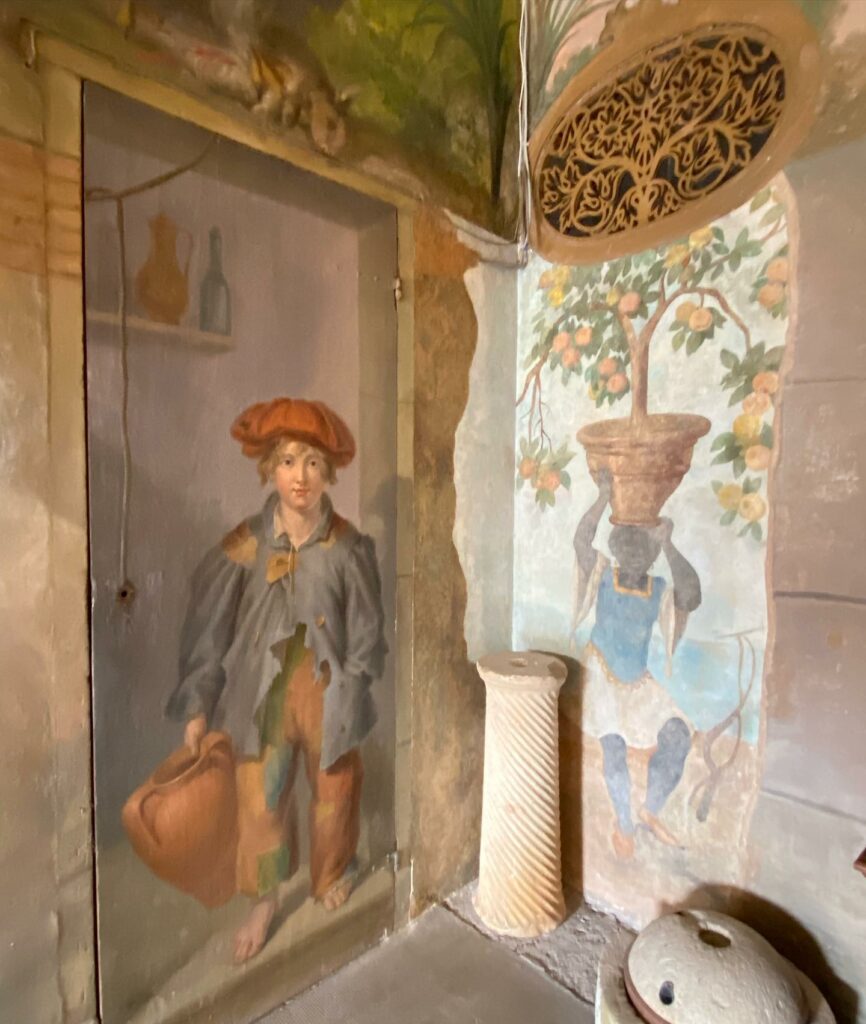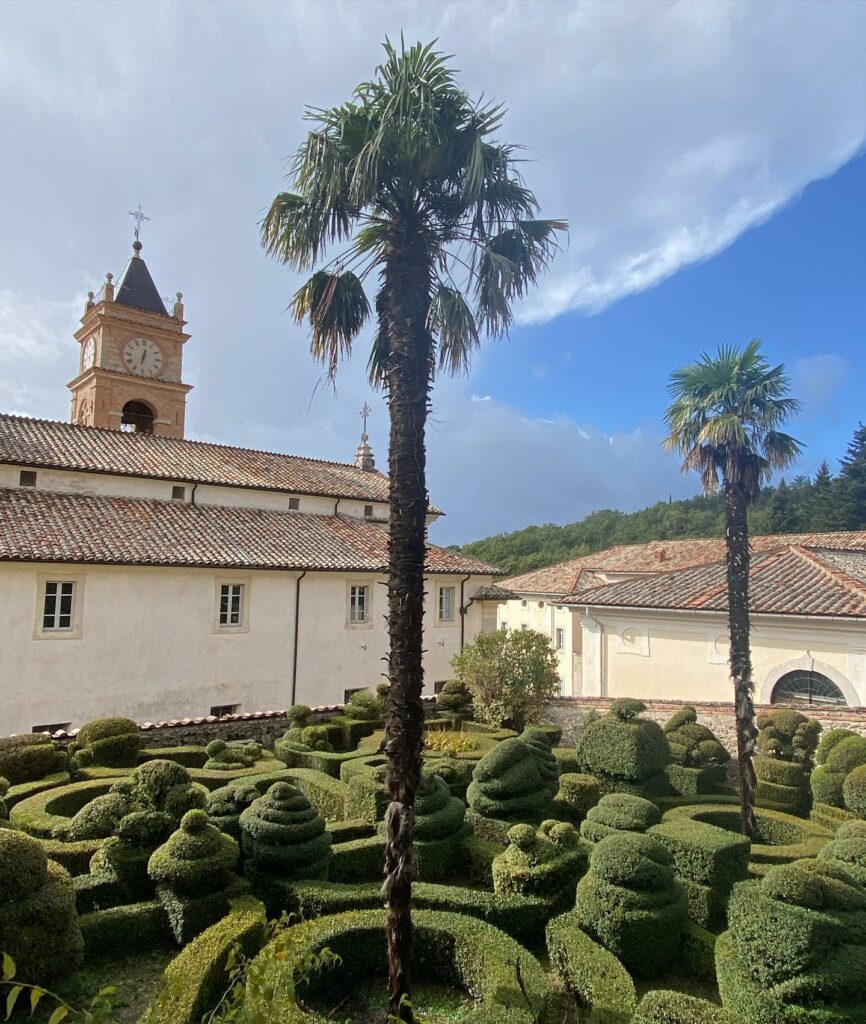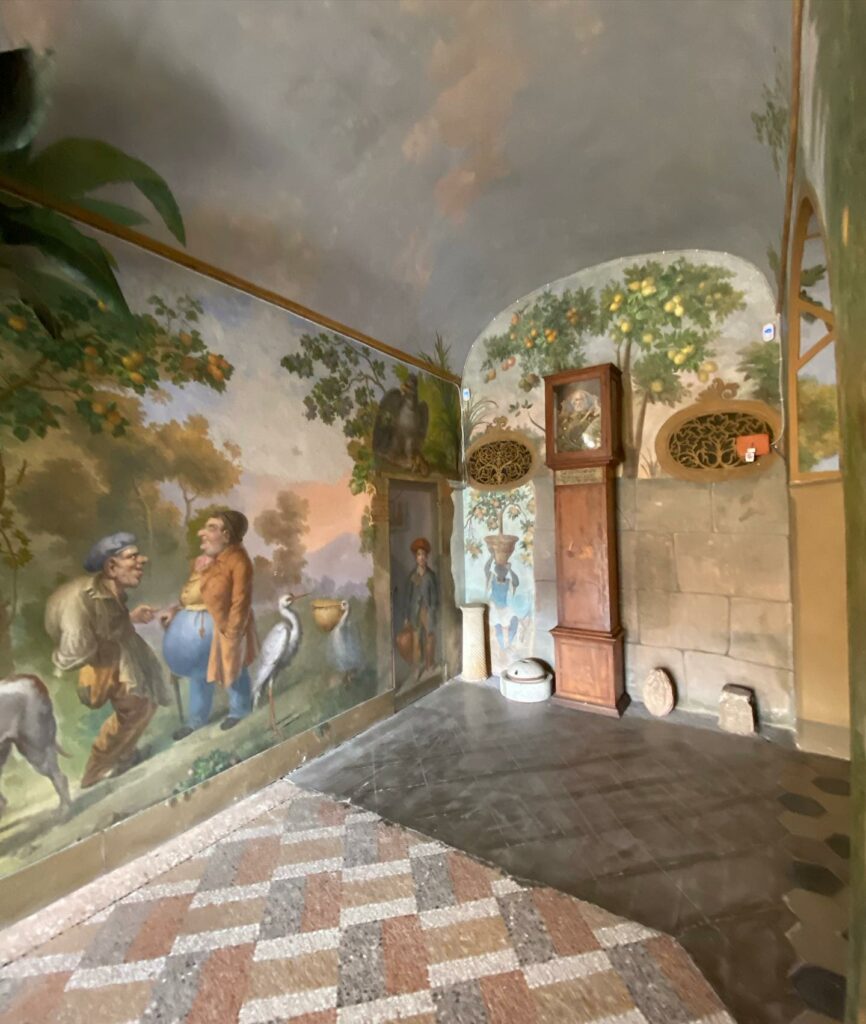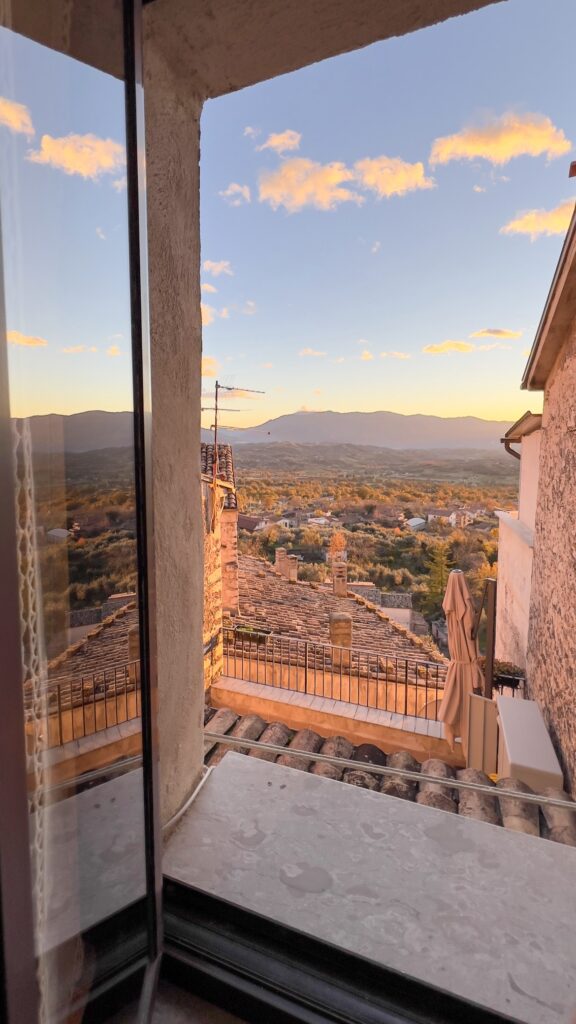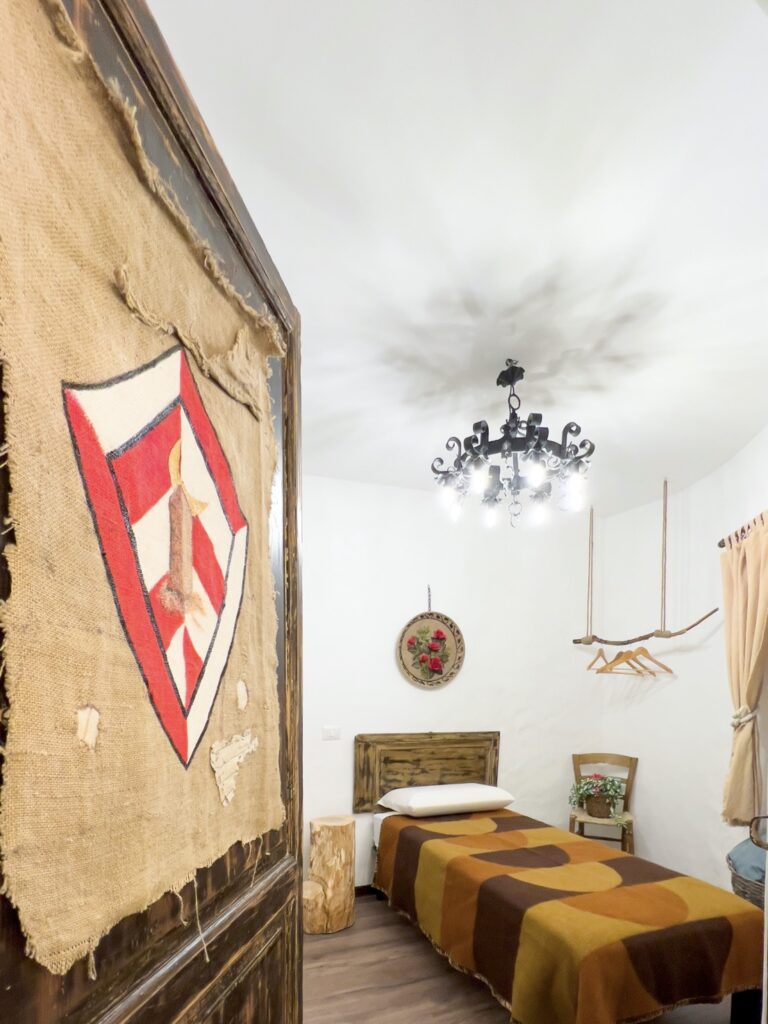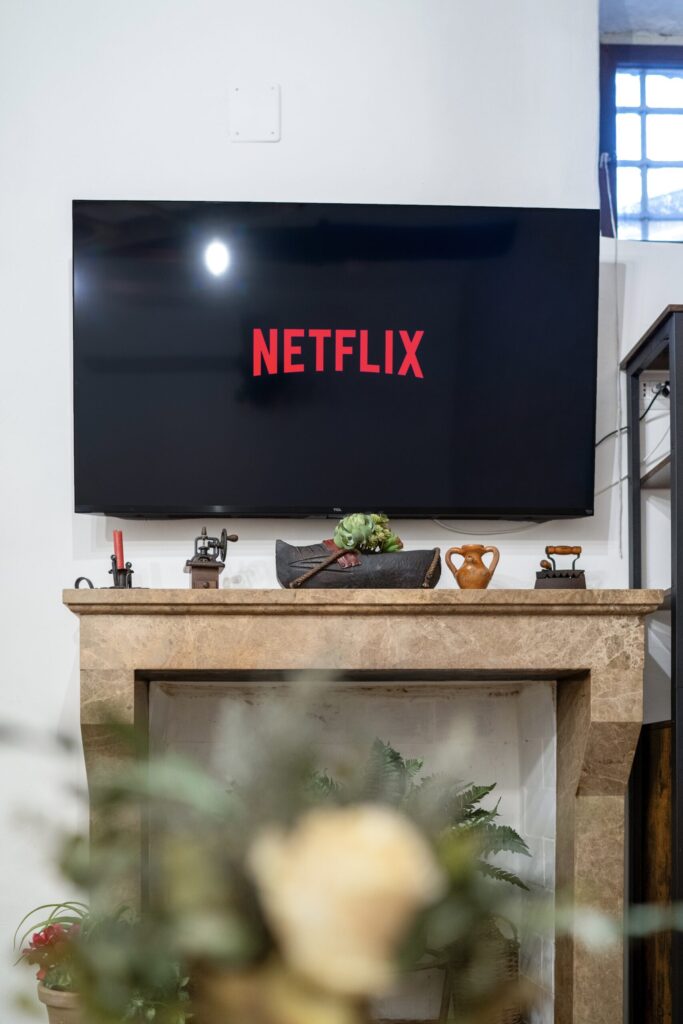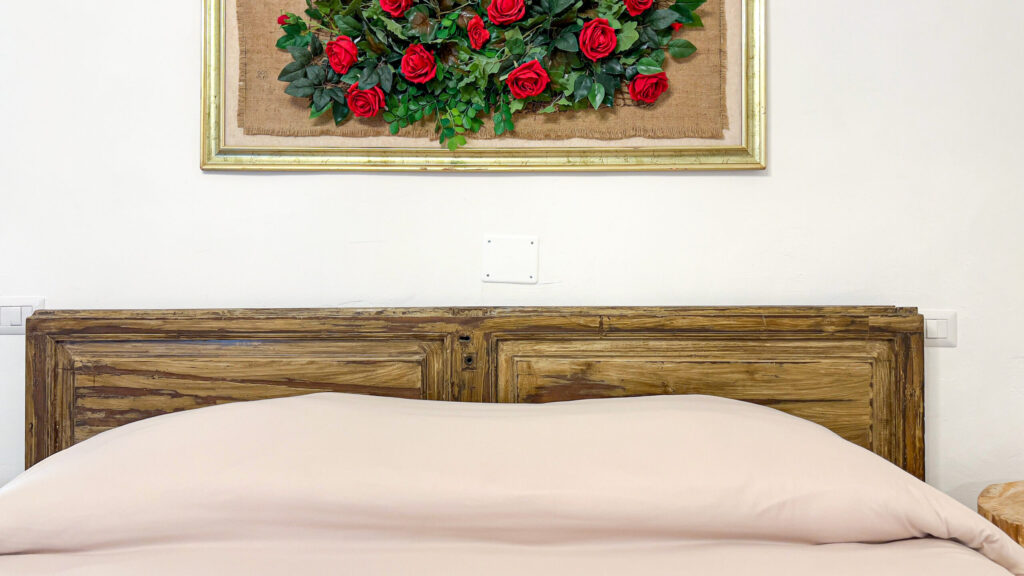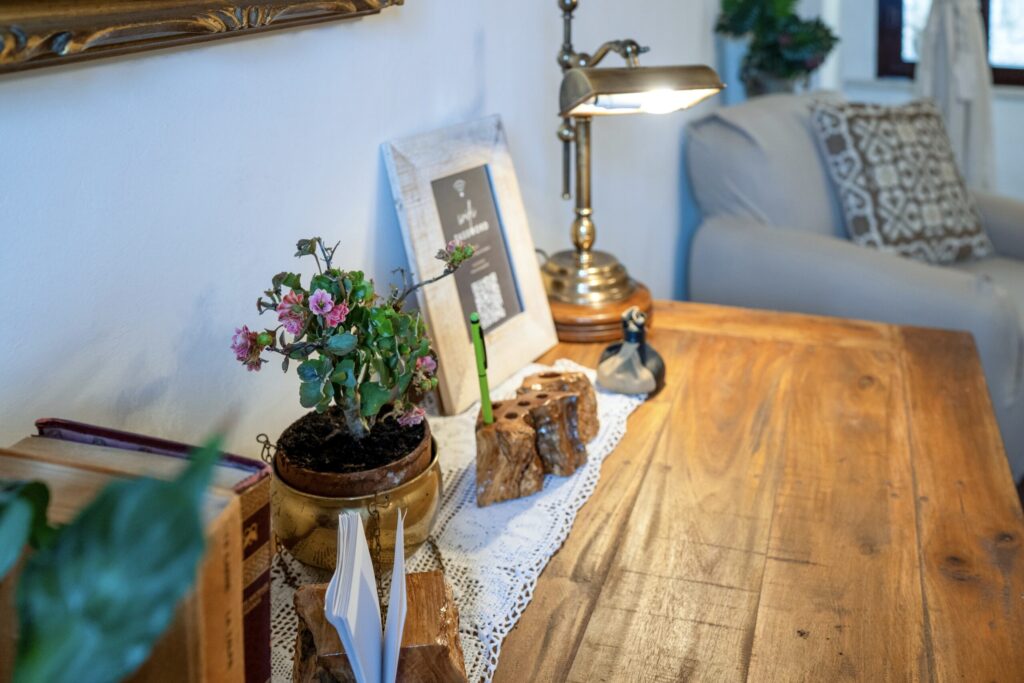
Close

The Charterhouse of Trisulti is a historical jewel that fascinates visitors with its rich history and magnificent architectural complex.
ADDRESS
Collepardo (FR)
ACCESSIBILITY
By car
DISTANCE
55 km
The name ‘Trisulti’ has Latin origins, deriving from ‘tres saltibus’ (three jumps), a reference to the ancient 12th century castle owned by the Colonna family. This castle, unfortunately destroyed, dominated the three passes towards Abruzzo, Rome and the southern area of the Papal States.
The history of the Charterhouse is closely linked to Pope Innocent III, who assigned the primitive Benedictine abbey founded by St Dominic of Sora shortly before the year 1000 to the Carthusian monks. In 1204, the new abbey perimeter was built, at the centre of which rose the majestic Church of St Bartholomew, consecrated in 1211.
The abbey complex preserves precious testimonies of the medieval period, such as the lion from the demolished prothyrum of the church façade and the palace of Innocent III, now the National Library, which houses the rich book heritage of the ancient Charterhouse.
Among the most notable buildings is the 18th-century Pharmacy, which was once the beating heart of the monks’ pharmaceutical business. The Italian-style garden, with hedges reproducing animal forms, welcomes visitors at the entrance to the building. The interior of the pharmacy, divided into three rooms, preserves the 19th-century furnishings, showcases, large apothecary jars and cabinets containing herb boxes.
An unmissable stop is a visit to the Church of San Bartolomeo, with its façade renovated in the last years of the 18th century. Inside, the nave is decorated with paintings and frescoes depicting glories of the saints, while two wooden choirs from the 16th century and 1688 surround the nave. The church also houses an elegant and dramatically realistic depiction of the massacre of the Carthusians in London, painted by Filippo Balbi around 1863.
The monastery complex opens onto a large courtyard dominated by an 18th-century fountain. The rectangular cloister, surrounded by arcades, houses numerous monks’ rooms on different floors. The monumental refectory, with an impressive wall painting on the vault, and the chapter house, decorated with wall paintings and an altarpiece by Giacomo Manco in the late 18th century, are other gems that complete the experience of visiting the Charterhouse of Trisulti.
